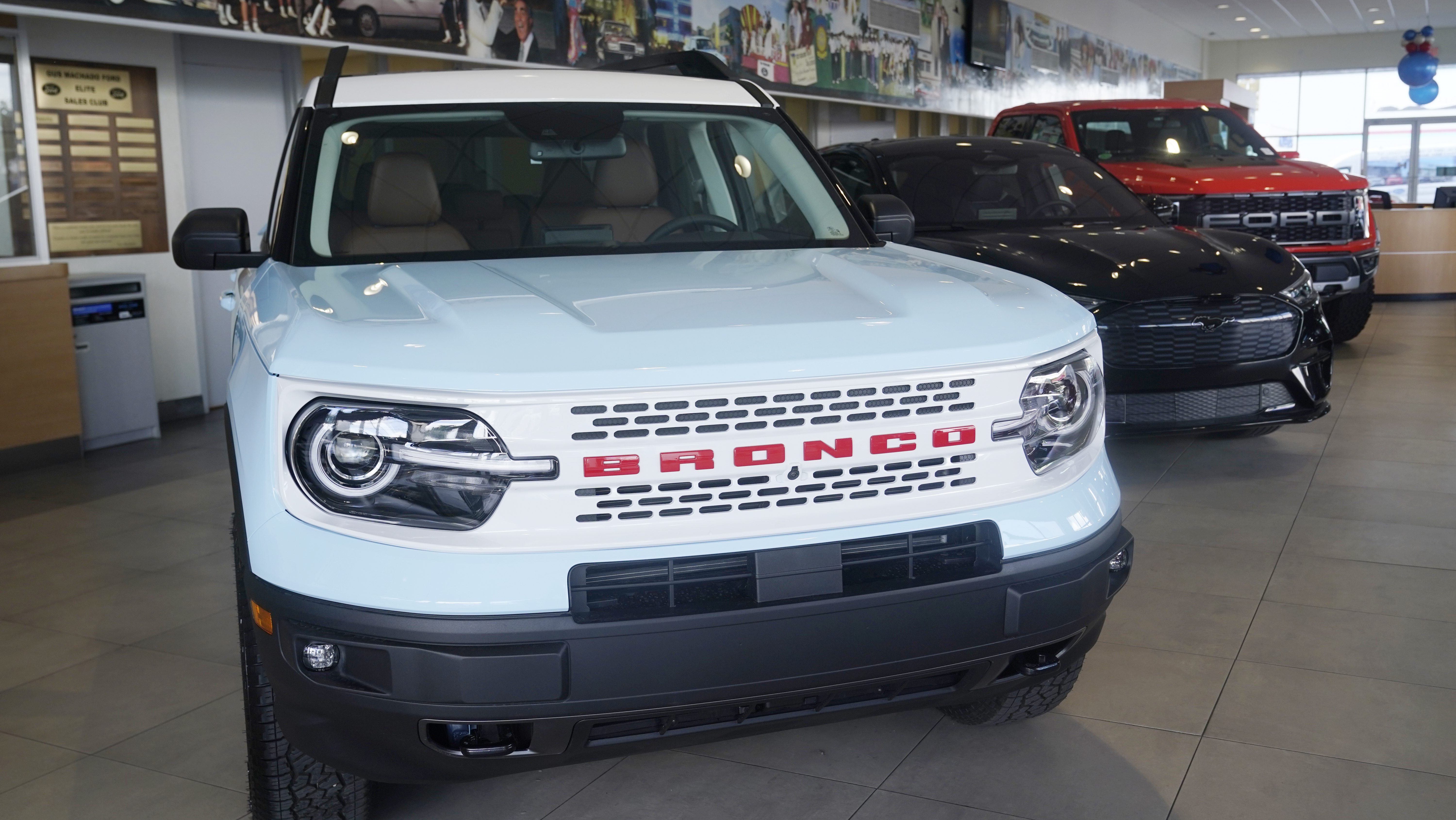Buying an engagement ring can be a daunting task — and with good reason.
Ring seekers spent an average of over $6,350 on this big buy in 2017, according to wedding industry site The Knot, which easily ranks the engagement ring as one of the most important purchases in a young adult’s life.
The Knot also reports that nearly three in four grooms stated they encountered difficulties during their ring-purchasing journey, with over a third saying their main issue was not being confident they got a good deal.
Though this particular kind of ring comes with a lifelong commitment and a high price tag, the process doesn't have to be so overwhelming.
To help future engagement ring buyers, CNBC Make It reached out to Dennis Dalton, founder of Dennis Dalton Ltd. Fine Jewelry and jeweler in New York City’s diamond district, who has sold millions of dollars worth of rings during his 40-plus years in the industry. Here's how to avoid making the worst mistakes when buying an engagement ring, according to Dalton.
Don't shop without a budget
The first step to finding the perfect engagement ring is knowing how much you want to spend. Setting a budget might seem obvious, but nearly a third of grooms spend more than they wanted to on a rock, according to The Knot.
Dalton says walking into a store with a price range in mind helps jewelers meet your needs.
U.S. & World
News from around the country and around the globe
“It’s not up to you to come up to my budget, it’s up to me to get to yours,” he says. “Because I’m the professional, I know how to work the angles so you’ll come out on the deal.”
Though there's a well-known "guideline" of spending two months salary on an engagement ring, it was actually born from a diamond company's marketing efforts. Your budget should be a personal decision that takes into account outstanding debts, income and financial priorities.
Don’t blindly fall victim to the “four C’s”
For years, calculating a diamond’s worth has revolved around characteristics known as the “four C’s”: cut, clarity, color, and carat size. A diamond is rated on a scale for each characteristic by independent gemological societies, and those ratings play a role in how much a diamond is worth.
However, Dalton explains, those characteristics can sometimes be used to unnecessarily squeeze more money out of customers.
For example, consider two round-cut diamonds that are rated the same for color and carat size but differ only in clarity. The diamond boasting better clarity on paper (which might have a VS 1 rating, for example) may cost more than the equivalent diamond with slightly more imperfections (a VS 2 clarity rating, for example).
But that would only be telling half the story. If the diamond’s imperfection is on its edge, it’s not terribly difficult to cover with a prong from the setting, says Dalton.
“When you look at the two stones and realize we’re going to cover the edge, you can [save] $3,000 in your own pocket" by purchasing the more imperfect diamond in the right setting, Dalton says. “So even though the rating is low, the finished ring is going to look great … and you dropped the price thousands of dollars. That’s why it’s crazy.”
To be sure, there are clear and measurable differences between a top-rated diamond and a bottom-rated diamond. In closer cases, however, some differences are only visible when viewed under a microscope. Dalton contends that money can generally be better spent elsewhere when it comes to minor jumps in clarity or color that aren’t technically visible to the naked eye.
"What they're not saying is [some rating discrepancies are] outside the human vision range. Then the question is why are we measuring the invisible? To raise the price," he says. "It is in reality a ripoff by the industry not by [individual jewelers.]"
That being said, there is one use case for which Dalton does rely on a diamond’s independent rating, though it's not one of the four C's. Dalton cautions buyers against buying lab-grown diamonds, which are not mined from the ground, so are often sold for much cheaper.
“There’s better ways around the price than going lab-grown,” he says, pointing out they have questionable resale value.
However, lab-grown diamonds do have benefits to some. For starters, they are independently rated by gemological societies against the same characteristics as mined diamonds and are visibly identical to them. In fact, when CNBC Make It took a lab-grown diamond to New York's diamond district not a single jeweler could tell it was lab-grown. Discerning as much would require sending a diamond to a laboratory for testing.
Don’t buy without seeing the ring in person
More people are buying rings online, according to The Knot. But because a diamond’s four C's rating on paper only tells half the story, Dalton advises viewing a ring in person before making a purchase.
“If you buy from the [paper ratings] then you got troubles, because the papers are not telling the story the way it actually is,” he says. “Come in, look at them side-by-side and say what you’re willing to pay for.”
This story first appeared on CNBC.com. Here is more from CNBC Make It:



